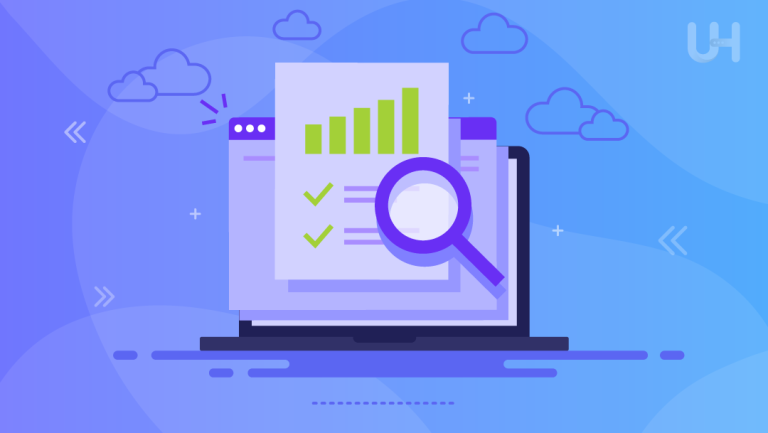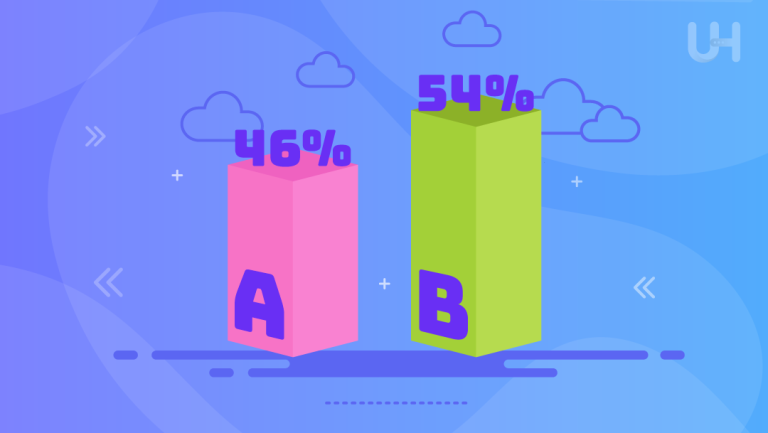A fast, digitized world in which marketers are increasingly being put under pressure to create content that would stop people and actually get them to engage. Now, with data analytics, businesses can tap into one of the most valuable assets known: data-driven content. Guided by insights ranging from consumer data, marketers can create strategies that better resonate with target audiences, driving results more powerfully than ever before.
In this article, we are going to touch on what is data-driven content is, why it matters for marketers, and what the tools and implementations are.
What Is Data-Driven Content?
Data-driven content is the design, distribution, and optimization of content informed by data. Whereas traditional content approaches would assume a strategy based on very general demographics or assumptions, data-driven content takes live data insights into consideration to deliver precisely what users want and need. With the help of tools such as Google Analytics or CRM systems, businesses could track everything from click-through rates to demographic information for the reason of being incredibly more personalized.
A brand can reach better decisions using data-driven content instead of intuition. This in turn optimizes all resources involved, cuts the guesswork, and enhances connective chances with the right audience at exactly the right time.
Why Data-Driven Content Marketing Matters

Better Targeting of the Audience
The biggest advantage of data-driven content is the ability to convey messages to distinct audience segments. This also provides granular insight into consumer behavior, allowing businesses to identify trends in content types or formats that work. Gaining such insight means crafting personalized website experiences that speak directly to each segment’s needs and preferences.
Personalization by Experiences
Personalization is the expectation of today’s consumer. Data driven content enables marketers to craft the message and deliver personalized experiences that beg for better engagement, brand management, and brand loyalty. Segmentation of email campaigns can be done based on user preference or perhaps landing page personalization to match visitor behavior and interest.
Optimized Performance and ROI
Since, tracking performance through data clearly shows what works and what doesn’t. Marketers can refine their strategies, allocate resources more effectively, and achieve a higher return on investment (ROI) by analyzing metrics like engagement rates, and up-time Additionally, a data-driven approach allows for ongoing adjustments, helping businesses remain agile and focused on results.
Building a Data-Driven Content Strategy
To create a successful data-driven content strategy, businesses should focus on the following steps:
Collecting and Analyzing Data
The foundation of any data-driven strategy lies in collecting and interpreting data. This website audit can come from various sources, such as website analytics, social media platforms, and CRM systems. By examining trends in user behavior, marketers gain insights into topics, formats, and distribution channels that will have the most impact.
Setting Clear Goals
A data-driven content strategy should align with the business’s overall goals, whether that’s lead generation, brand awareness, or conversions. Clear objectives help ensure that content efforts remain focused and relevant, avoiding unnecessary diversions.
Creating Audience Personas
Data helps businesses develop detailed audience personas by segmenting users based on demographics, interests, and behaviors. Since, personas offer a deeper understanding of target audiences, enabling the creation of content that resonates on a personal level.
Content Planning and Distribution
With data in hand, marketers can make decisions about: What types of content to produce Which platforms to use When to publish. Data-driven insights reveal what resonates with audiences and how best to distribute content to reach the desired impact.
Tools and Platforms for Data-Driven Content Marketing
Several tools support data-driven content marketing by helping collect and analyze audience data:
Analytics Tools
Platforms like Google Analytics and social media marketing analytics offer detailed insights into user interactions, allowing marketers to track engagement, identify top-performing content, and optimize future strategies.
CRM and Marketing Automation
Customer relationship management (CRM) systems like HubSpot or Salesforce store valuable data on user interactions, while marketing automation tools aid in segmenting audiences and tailoring messages accordingly. Additionally, you can purchase CRM hosting for customer management.
Content Optimization Tools
To research the perfect keywords that assist in content optimization, SEO tools like SEMrush or Moz are excellent resources, ensuring that each piece of content aligns with user search intent and current SEO trends.
Boost Content Strategy with WordPress Hosting
Effortlessly track, analyze, and optimize your data-driven content to boost engagement and drive results. Experience the seamless performance and reliability that lets you focus on creating impactful, data-driven marketing without technical worries. Try WordPress hosting for agencies today!
How to Implement Data-Driven Content for Better Engagement
Once a data-driven content strategy is in place, marketers can implement tactics to enhance engagement:
Real-Time Content Adjustments
Data-driven content allows for real-time adjustments based on user interactions. By monitoring metrics such as bounce rates and click-through rates, marketers can adjust strategies quickly to meet audience needs better.
A/B Testing
A/B testing involves experimenting with different variations of content elements. For instance, headlines, images, or calls to action can be tested to determine which version performs best. Regular testing helps improve engagement and optimize conversions over time.
Measuring Content Performance
Tracking key performance indicators (KPIs) like page views, conversion rates, and social shares provides a clear picture of what content performs well. However, regularly assessing these metrics helps businesses stay agile and responsive to audience feedback.
Common Challenges and How to Overcome Them
While data-driven content is beneficial, it has drawbacks, too. Here is the list of common challenges that come along with data-driven content and how to overcome them:
- Data Overload: Marketers can feel overwhelmed by data, so it’s essential to focus on relevant metrics like engagement, click-through rates, and conversions to gauge success.
- Privacy Concerns: Businesses must be transparent about data usage and comply with privacy laws, such as implementing two-factor authentication, to build audience trust.
- Balancing Creativity with Data: While data offers valuable insights, creativity remains essential for captivating and inspiring content. By using data as a guide rather than a strict rule, marketers can balance analytical insights with innovative ideas.
Data-driven content can be especially valuable for hosting-related businesses, allowing them to target specific user segments based on website needs, such as website hosting for sites requiring high reliability and performance. Tailored content educates potential clients and builds trust by addressing specific pain points, such as data encryption or scalability. By analyzing customer inquiries and search trends, a hosting company might develop content around topics driving engagement from users.
Conclusion
Incorporating data-driven content into your marketing strategy provides a clear path toward highly relevant, engaging, and impactful content. By continuously analyzing audience data and refining your approach, you’ll maximize ROI, enhance audience engagement, and achieve your business goals precisely. Embrace data as a strategic ally in your content marketing efforts, and watch as it supercharges your results.
Elevate your data-driven content strategy with UltaHost’s Dedicated Hosting Server. Gain the power, speed, and control needed to manage high volumes of data seamlessly, ensuring top performance for your content-heavy marketing campaigns. Get reliable, dedicated resources today!
FAQ
What is data-driven content?
Data-driven content uses audience data to guide content creation, making it more relevant and effective in meeting user needs.
How does data-driven content improve marketing results?
By providing deeper insights into audience preferences, it enables marketers to create more targeted, engaging, and optimized content, leading to better results.
What tools are essential for data-driven content marketing?
Key tools include Google Analytics for tracking, CRM systems for audience segmentation, and SEO tools for content optimization.
How can I measure the success of my data-driven content?
Success metrics might include engagement rates, conversions, time on page, and social shares. Regularly assessing these helps refine strategies.
What are common challenges in data-driven content marketing?
Challenges include data overload, balancing data with creativity, and adhering to data privacy regulations.
How does data-driven content apply to hosting businesses?
Hosting companies can use data-driven insights to produce content that educates and engages specific user segments based on their hosting needs.
What role does A/B testing play in data-driven content?
A/B testing helps identify the most effective content elements, allowing marketers to optimize engagement by selecting the best-performing variations.











